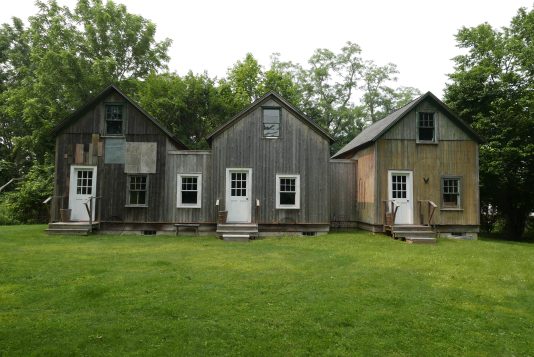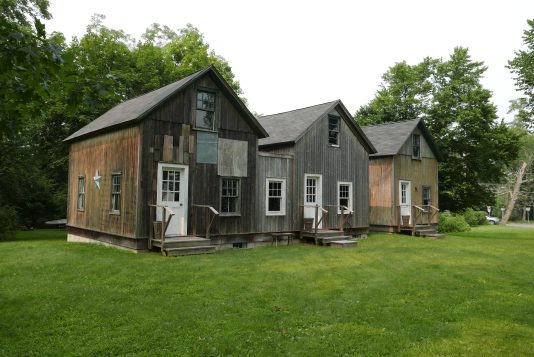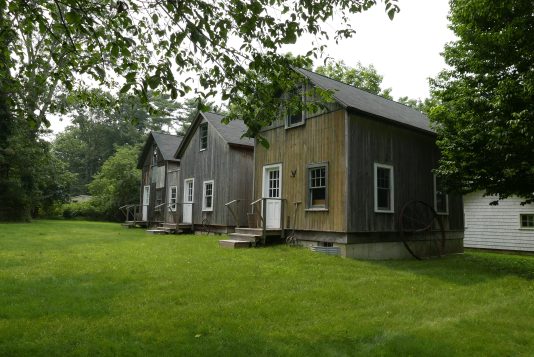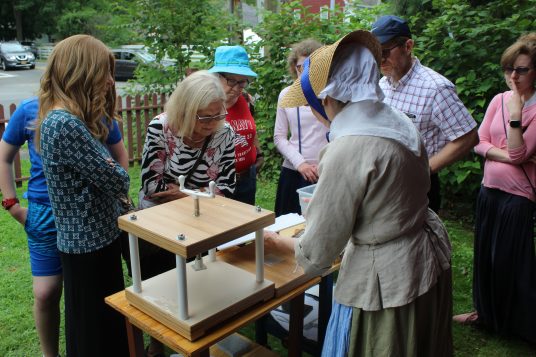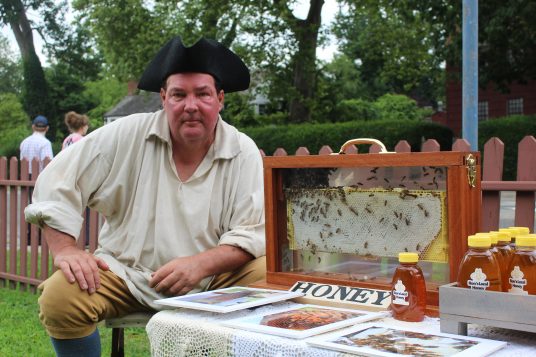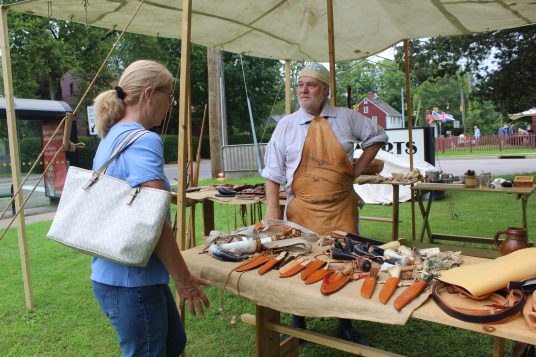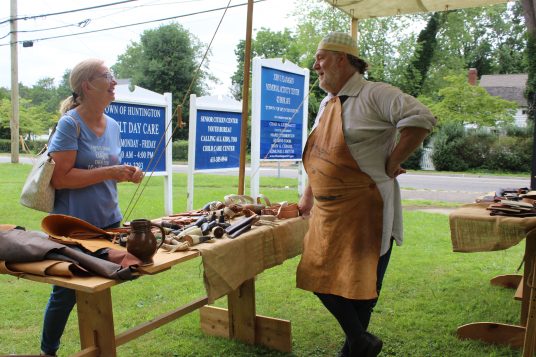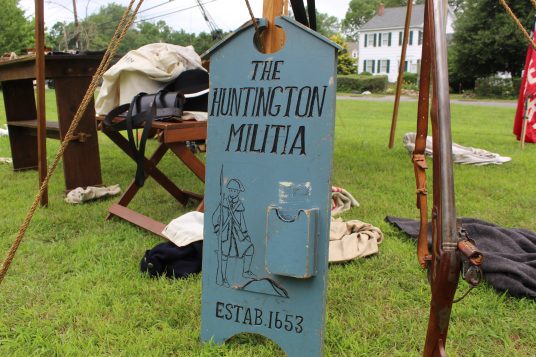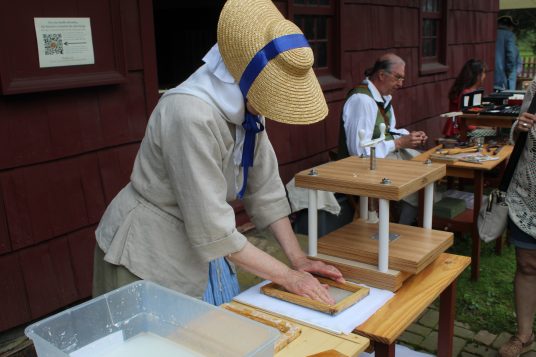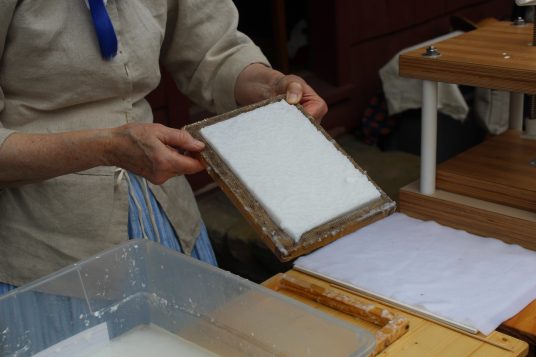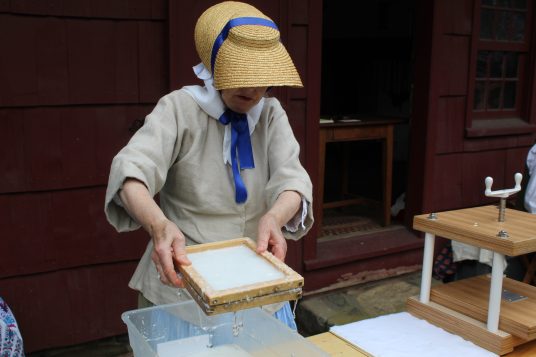Smithtown held a public hearing this Tuesday, Aug. 3, to discuss the new draft master comprehensive plan that could possibly amend the town’s zoning regulations to align them more with current land usage.
If put into place, a new zoning designation will be created, called a Multi-Family Zone. The Multi-Family Zone will allow for low to mid-rise residential development with underutilized lots to create housing types such as apartments, townhouses, senior living, assisted living or traditional mixed-use in the hamlets.
The plan also focuses on transit-oriented development near the Long Island Railroad stations and improvements to recreational facilities townwide.
While some comments from residents showed support of the plan, the feedback was mainly negative from the room, saying the underutilized lots will be taken advantage of by developers and should be used to create parks and preserve the town.
“This comprehensive plan, is nothing more than permission for developers to build tall and to build dense,” said James Bouklas, a resident of Smithtown and president of the community advocacy group We Are Smithtown. “This is a plan for more gridlock, traffic, apartment buildings everywhere, mega-developments and population boom after 50 years of stability.”
Many residents discussed a survey the town put out for community members a few years ago to input their thoughts regarding existing conditions and their outlook on Smithtown’s future. More than 1,100 community members responded.
“You took a survey, and you know what the residents want and don’t want to see in town,” said Mike Cooley, a Nesconset resident and vice president of We Are Smithtown. “Anyone who took the time to read the plan can see the opinions and concerns from residents, including a clear vote against high-density housing. The message is clear, Smithtown is for sale.”
Other residents attended to applaud the plan, hoping that it will bring an energetic feel to the town and attract a younger crowd, much like Huntington and Patchogue does.
“I think the decision for Smithtown to not adapt is risky,” said Barry Felix, a Melville resident. “Young individuals like myself are seeking vibrant communities to grow in, a community that is like the one represented in the comprehensive plan. If Smithtown doesn’t move ahead, it will fall behind.”
Thanking the board for listening to the community, Tony Tanzi, president of the Kings Park Chamber of Commerce, was thrilled the town was taking input from the public into heavy consideration when constructing the plan.
“I want to say on behalf of my children, who I hope want to stay here because of what you’re doing, thank you,” Tanzi said.
The next public hearing will be held on Tuesday, Aug. 10. The public is highly encouraged to attend and comment on the draft plan.










